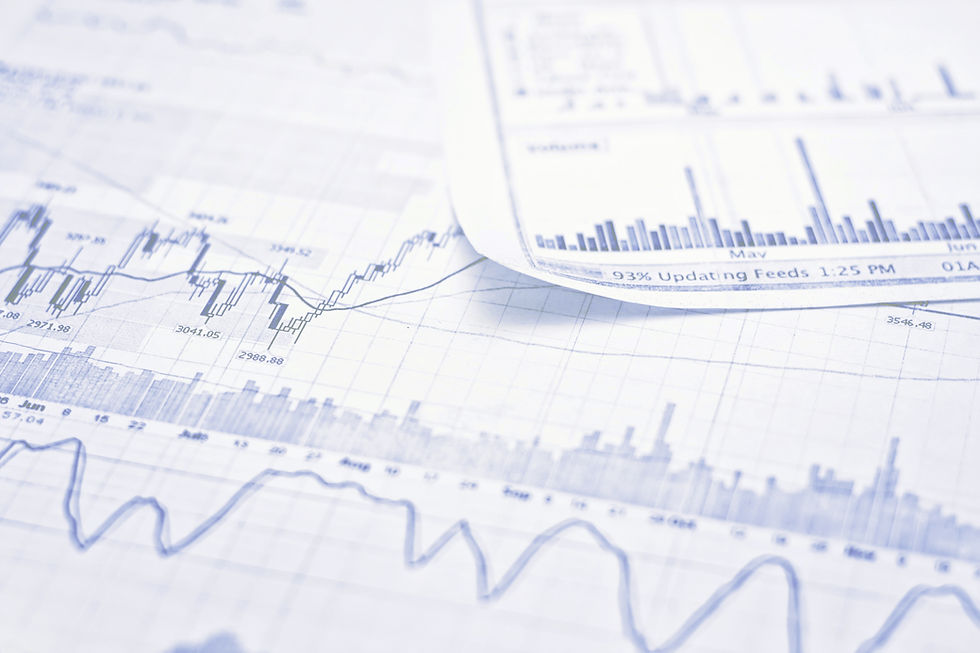5 easy ways to track your budget
- thelifenetwork
- Dec 22, 2021
- 3 min read
Updated: Jan 5, 2022
Checking your account history and using an app can help you start tracking expenses.
Tracking your spending on a regular basis can give you an accurate picture of where your money is going and where you’d like it to go instead.
Here’s how to get started tracking your monthly expenses.

1. Check your account statements
Pinpoint your money habits by taking inventory of all of your accounts, including your checking account and all credit cards you have. Looking at your accounts will help you identify where you’re spending.
Annamaria Lusardi, the Denit Trust chair of economics and accountancy at the George Washington University School of Business, recommends getting a sense for your monthly cash flow — what’s coming in and what’s going out.
2. Categorize your expenses
Start grouping your expenses. Some credit cards automatically tag your purchases in categories like department store or automotive. You could find that those impulse buys at Target are costing you a lot. Or maybe you’ll realize you’re paying for recurring subscription services that you could do without.
Your spending will consist of both fixed expenses and variable expenses. Fixed expenses are less likely to change from month to month. They include mortgage or rent, utilities, insurance and debt payments. You'll have more room to adjust variable expenses like food, clothing and travel.
3. Use a budgeting or expense-tracking app
Budgeting apps like You Need a Budget and Mint are designed for on-the-go money management, letting you allocate a certain amount of spendable income each month depending on what you’re taking in and what you’re paying out. These types of apps will work if you’re willing to log your purchases, put in the time and stick to your budget. (Following these budgeting tips will help you do just that.)
Depending on what you get out of it, a paid app may be worth the cost. You Need a Budget, for instance, is $84 a year or $11.99 a month (after a 34-day free trial), but it has appealing benefits, like its ability to sync transactions directly from your bank account and its option for live workshops with the company’s support team.
4. Explore other expense trackers
Not a fan of apps? A spreadsheet is another valuable money-tracking tool. You can find a variety of free budget templates online, and NerdWallet also offers an online budget worksheet.
Or, if you have a more complex financial portfolio, you can buy software. Richard H. Serlin, a lecturer at the University of Arizona, recommends Quicken Premier, which lets you import your bank transactions and monitor your investments.
“This is just a much smarter, more effective, clear and organized way of keeping track of your spending, and pretty much all aspects of budgeting and financial investing, than trying to do it yourself with an Excel table or paper ledger,” he says. Quicken Premier regularly costs $77.99 a year, but Quicken also offers a basic Starter edition for $35.99 a year.
5. Identify room for change
As you track, be ready to make adjustments. It’s worth your time to keep tabs on your monthly expenses because of what you’ll uncover. “Tracking expenses can be very valuable for finding out what's really costing you, and what is not as bad as you thought,” Serlin says.
He also notes that lowering the “big fixed expenses” in your life, like the cost of housing, vehicles and utilities, can make a significant impact on your budget. If you need help adjusting your major recurring monthly expenses like your mortgage or car loan, check out NerdWallet’s tips for how to build a budget.


Comments